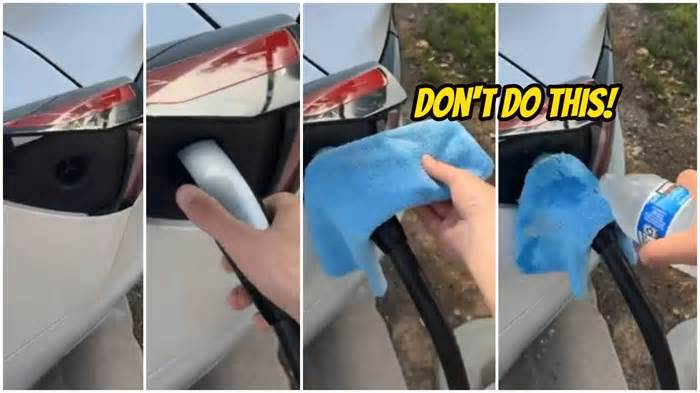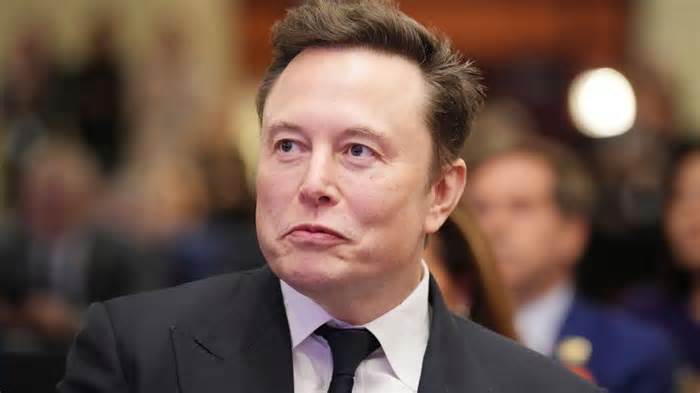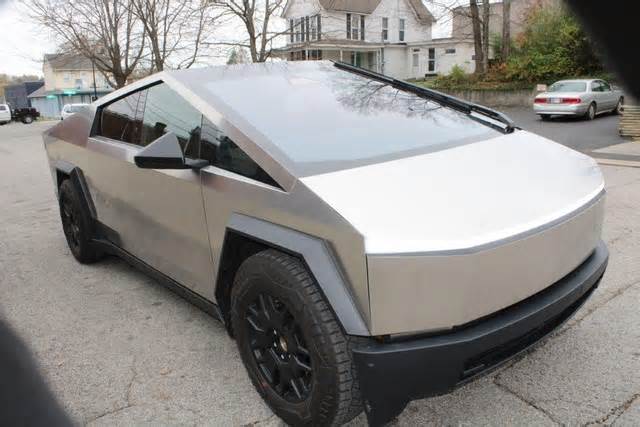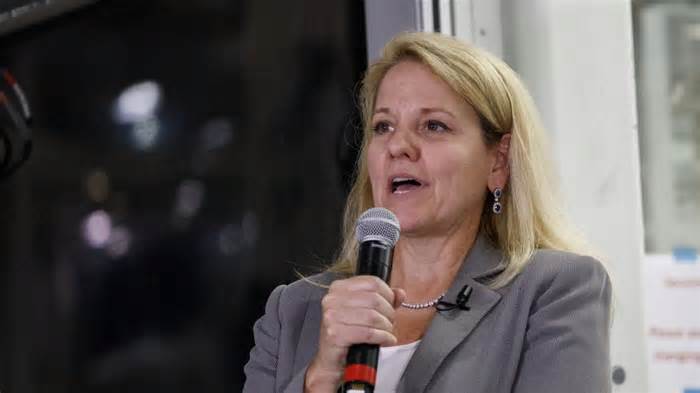
Putting a Wet Cloth on a Supercharger Handle Is a Big No-No, Tesla (Finally) Says
- by autoevolution
- Jul 27, 2024
- 0 Comments
- 0 Likes Flag 0 Of 5

27 Jul 2024, 13:53 UTC
• By: adoption worldwide, fast charging an all-electric vehicle is a bit tricky.
Alternating current (AC) and direct current (DC) refer to how electrons flow. With the former, the electric charge (i.e., the current) flows back and forth, while with the latter, the negatively charged particles go in a single direction.
Most EVs are charged at home via an AC charger, but their high-voltage batteries cannot accept "wandering" electrons. That's why automakers install AC to DC converters in their zero-tailpipe emission rides. That device puts the electrons in line and sends them to your battery's cells in an orderly manner. The process happens slowly, which is good for battery longevity.
Plugging into a DC fast charger, like the ones Tesla, Electrify America, ChargePoint, or EVgo have, changes the paradigm. The equipment bypasses the onboard rectifier and sends the "disciplined" electrons straight to the battery. That's what enables very high charging speeds.
Photo: Tesla Charging on Twitter
Inevitable loss
While it's great not to spend a lot of time plugged in, there are some drawbacks to high-power DC charging. One of them is heat generation. It's unavoidable. It happens because of inefficiency in the conversion circuitry. It's also influenced by the electrical load.
Thus, thermal management is paramount for ensuring a smooth charging session. That's why many DC pedestals are expensive. They need fans, heat sinks, or liquid cooling. Some of them employ multiple cooling solutions.
But Tesla's Supercharger didn't become North America's most well-known and appreciated high-power charging network by spending tens of millions of dollars on each site it builds with third-party help. It reportedly spends around $43,000 per stall. The fact that it designed a simpler and more efficient plug also helped, even though it's still not able to match CCS' impressive charging speeds of 350+
kW
. The V3 and V4 Superchargers use liquid-cooled but thinner cables. That means there's a fine line between high charging speeds and overheating. To prevent accidents, the company installed sensors in the cable handles. They measure the operating temperature and can tell the dispenser computer to throttle the charging speed. A lower electrical load translates into less heat generation but also into longer charging times.
Photo: Ford
EV owners, however, are pretty resourceful. They discovered that pouring cold water or placing a wet rag (and even soaked napkins) on the handles can trick the sensors into thinking that everything's running correctly and the maximum speed of 250 kW can be achieved if the battery can accept the electrons at such a high rate.
It's worth noting that this practice isn't new. It has been happening for a few years and is common among those living in the Southern US or in places where summer temperatures can get quite high.
Houston, we might have a problem
However, now that non-Tesla EVs are getting access to the Supercharger network, things are becoming a bit more complicated. Tesla needs to collect all the right data regarding charging sessions to make adjustments or redesign its equipment as it continues to expand and improve. It can't do that properly if people are using the wet cloth trick to bypass the safety measures.
In a recent Twitter (X) post, the official gold-checkmarked Tesla account for its multiple charging solutions warned that interfering "with temperature monitors creates a risk of overheating or damage" and asked EV owners to stop doing that. The company argues that tricking the sensors can stop it from detecting true charging issues.
Photo: Ford
However, it's worth underlining that, as almost any Tesla owner who has used Superchargers often can attest, the wet cloth trick does work. It allows the dispenser to increase the electrical load with no known drawback. The stall isn't the only one that can limit the charging speed. Almost all EVs have a clever battery management system that can decide when the battery needs less power.
Moreover, since the handles are black and the stalls are not shaded from the sun, using a damp rag can also help EV owners avoid touching a very hot handle.
It can also be argued that since people are pouring water or placing wet cloths on the waterproof cable handles, they are actively cooling the part, not just making the sensors think the temperature is right for maximum power output.
All this tells us that Tesla should have thought about a clever and efficient way to cool the handles, too, not just the handles. Canopies with solar panels on top of them would be great.
However, it's always good to listen to official advice. If Tesla tells you not to place a wet rag on the cable handle, you should not do it. After all, nobody else knows the Supercharging network better than its creator, and you're not going to gain much by leaving a charging site five or 10 minutes earlier - unless you're racing across continental US, of course.
Placing a wet cloth on Supercharger cable handles does not increase charging rates and interferes with temperature monitors creating risk of overheating or damage. Please refrain from doing this so our systems can run correctly, and true charging issues can be detected by our…
Please first to comment
Related Post
Stay Connected
Tweets by elonmuskTo get the latest tweets please make sure you are logged in on X on this browser.
Sponsored
Popular Post
Tesla: Buy This Dip, Energy Growth And Margin Recovery Are Vastly Underappreciated
28 ViewsJul 29 ,2024






 Energy
Energy



















